Bharat NCAP Safety Ratings to be Launched Today by Nitin Gadkari, Here's What to Expect
Similar to Global NCAP and Latin NCAP, Bharat NCAP will evaluate new cars from around the world. According to the proposed Automotive Industry Standards 197 documents, automobile manufacturers will have to send their cars for testing under this program.
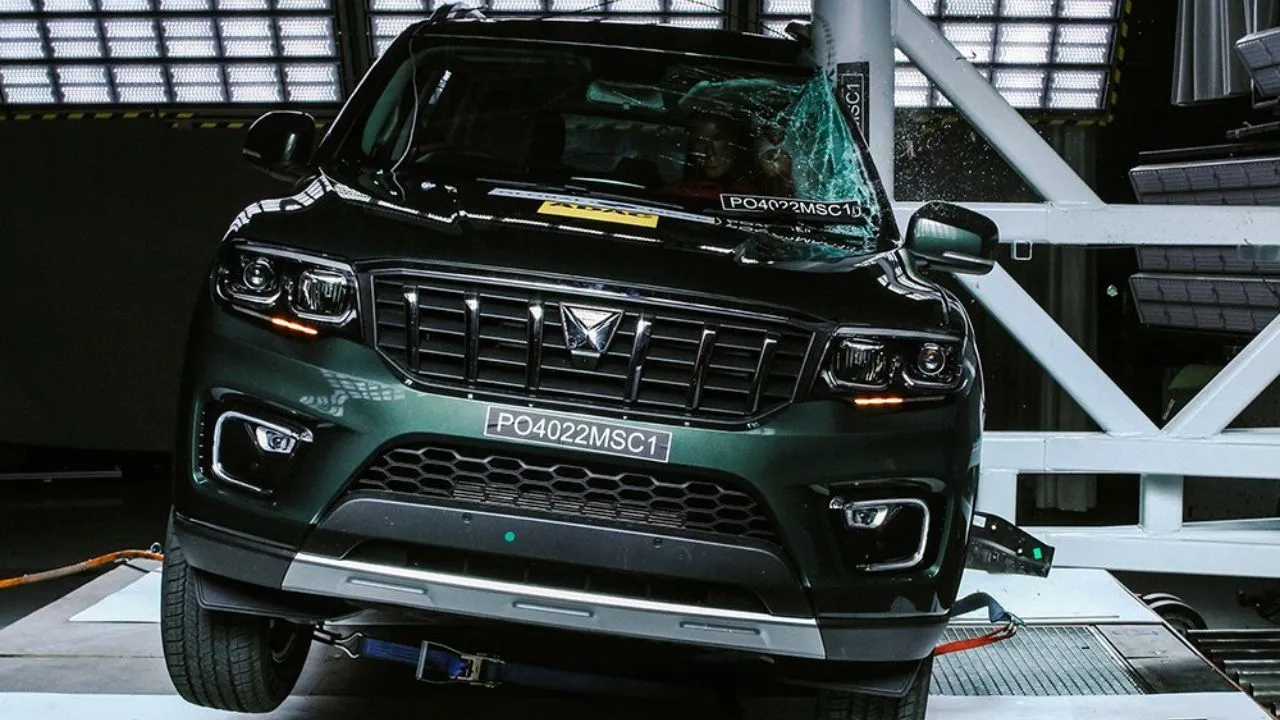
One factor that is becoming increasingly important to customers in the expanding Indian automotive market is a vehicle's safety rating. Many groups, including the Global NCAP, the Euro NCAP, the Latin American NCAP, and the ASEAN NCAP, rate vehicles based on their performance in crash tests. Nitin Gadkari, Union Minister of Road Transport and Highways, is set to launch Bharat NCAP today on August 22nd, 2023, to evaluate the crash-worthiness of vehicles sold in India. There will likely be many announcements made at today's introduction, such as the exact location of testing facilities, the testing standards and criteria, any new or revised regulations for Indian cars, and the crash test ratings of some recently released models. Find out everything you need to know below.
Also Read: Mahindra XUV700, XUV400 Recalled in India with Over 1.10 Lakh Units Affected
Bharat NCAP: What to Expect?
Last year, Union Minister Nitin Gadkari said, "The testing protocol of Bharat NCAP shall be aligned with Global Crash Test Protocols factoring in the existing Indian regulations, allowing OEMs to get their vehicles tested at India’s own in-house testing facilities."
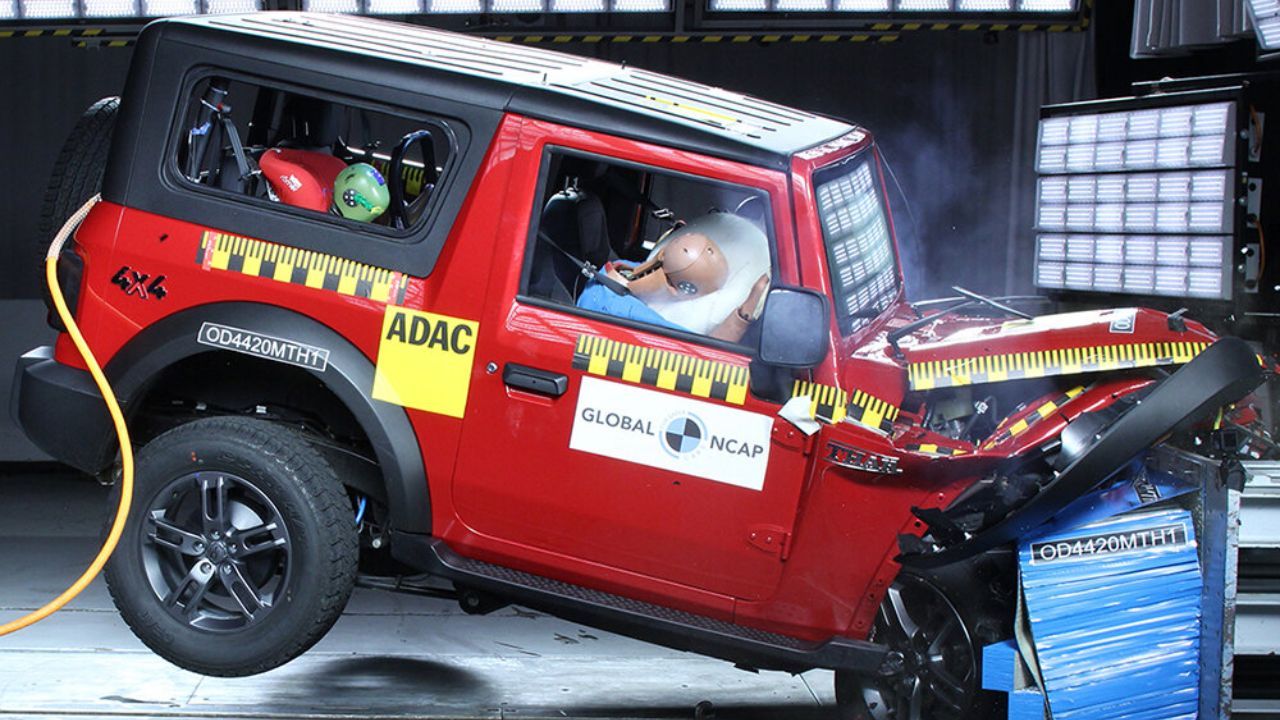
The new crash-test assessment programme in India will evaluate the safety parameters of vehicles up to 3.5 tonnes (3,500kg). This programme will make sure that automakers send their vehicles for testing in accordance with the proposed Automotive Industry Standards 197 (AIS-197) document. The Bharat NCAP will include the pole side impact test, the side impact test, and the offset front impact test, all of which are required by AIS-197. Each vehicle will receive an AOP and COP star rating based on how well it performs in the tests.
Six airbags, electronic stability control (ESC), three-point seatbelts for all occupants, and an advanced emergency braking system were all mentioned in a previous government document as potential mandatory features that could be included in the ratings. As a result, the vehicle's overall rating could improve if it comes equipped with these features as standard.
How Cars Will Be Tested?
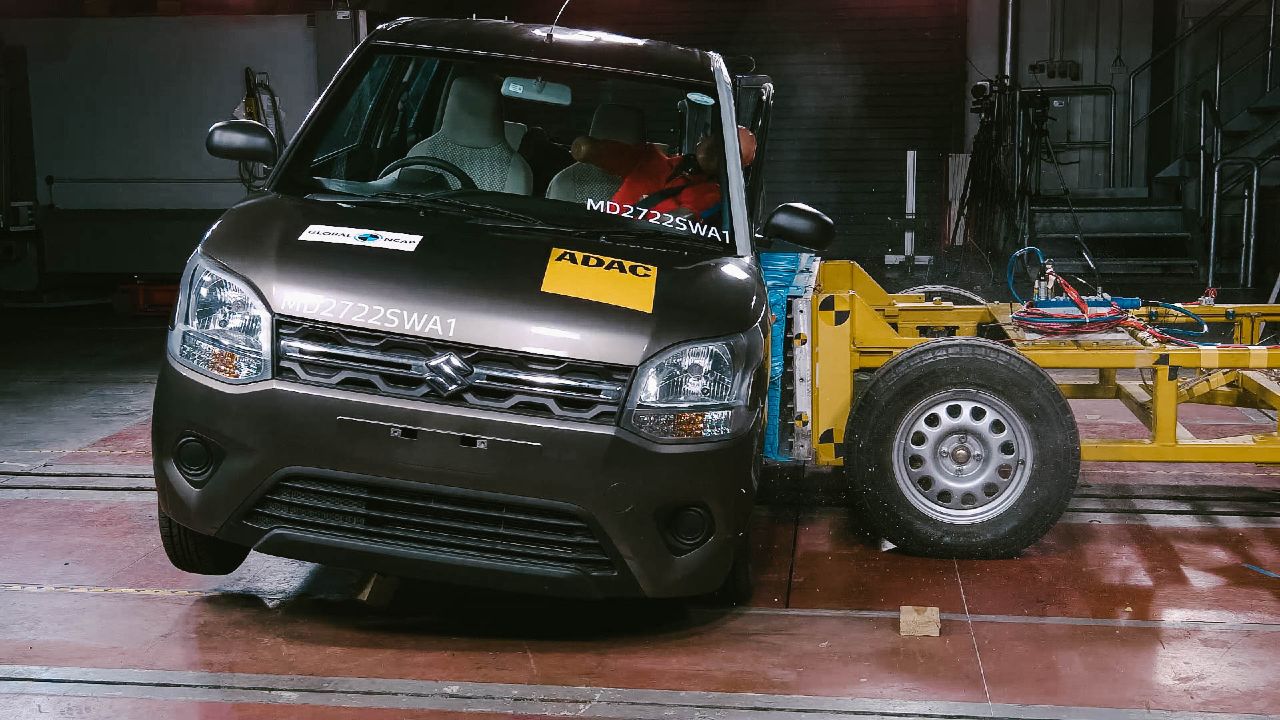
The Bharat New Car Assessment Programme (NCAP) will conduct three primary types of crash tests on vehicles. These will include a frontal impact test, a side impact test, and a pole side impact test on an offset deformable barrier. These tests will comprehensively evaluate the safety features of the vehicle and its ability to protect passengers in the event of a collision. Bharat NCAP, like Global NCAP and other crash testing programmes around the world, will use sensor-equipped dummies to measure the force of impact during simulations of real-world collisions at various speeds.
A post-test analysis of the sensor data will determine the impact's effect on the dummy occupants. The Bharat NCAP will rate the safety of vehicles according to two criteria: adult occupant protection (AOP) and child occupant protection (COP). There will be a scale from 0 to 5 used to rate the vehicles. A vehicle needs to receive a total of 27 or more points in the crash test in order to be considered safe for an adult passenger. In the same vein, a car can earn a perfect five-star rating in the Child Occupant Protection category if it scores at least 41 points.
Also Read: Toyota Hyryder Waiting Period Reaches 43 Weeks in India
Currently Mandated Safety Measures
The launch of Bhart-NCAP today suggests that its parameters and testing norms will be consistent with the recently revised Global NCAP norms. Dual front airbags, anti-lock brakes (ABS) with electronic brake-force distribution (EBD), rear parking aid, front seatbelt reminder, and a speed alert system are all mandatory for sale in India. There will soon be regulations in place requiring features like six standard airbags and three-point seatbelts for all passengers in order to achieve a 5-star safety rating. The ADAS has the potential to become a standard safety parameter for achieving high safety ratings in the coming years.
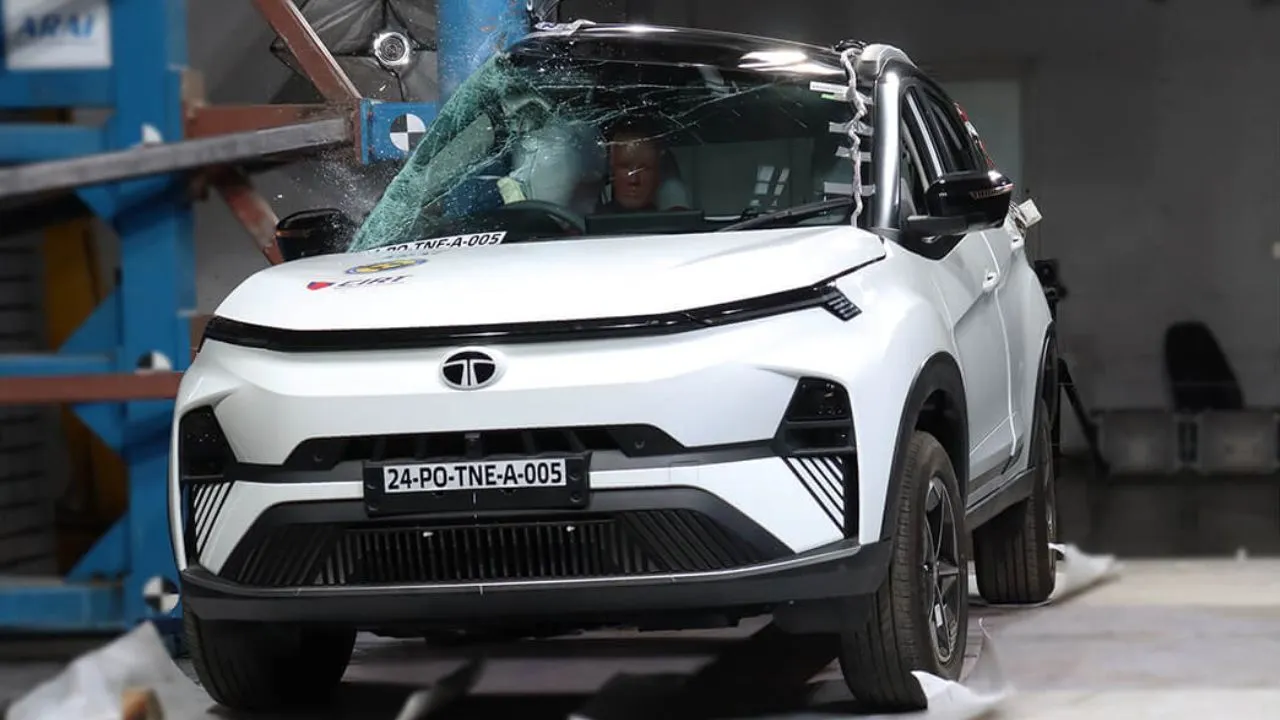
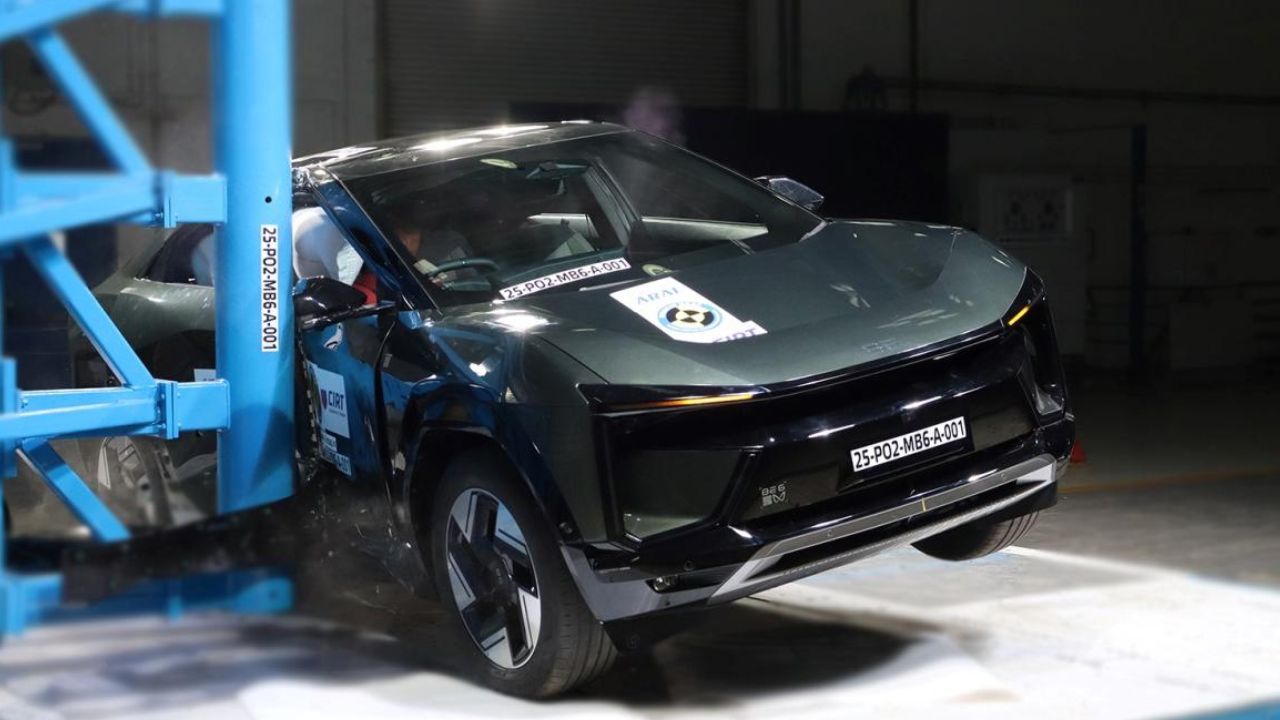
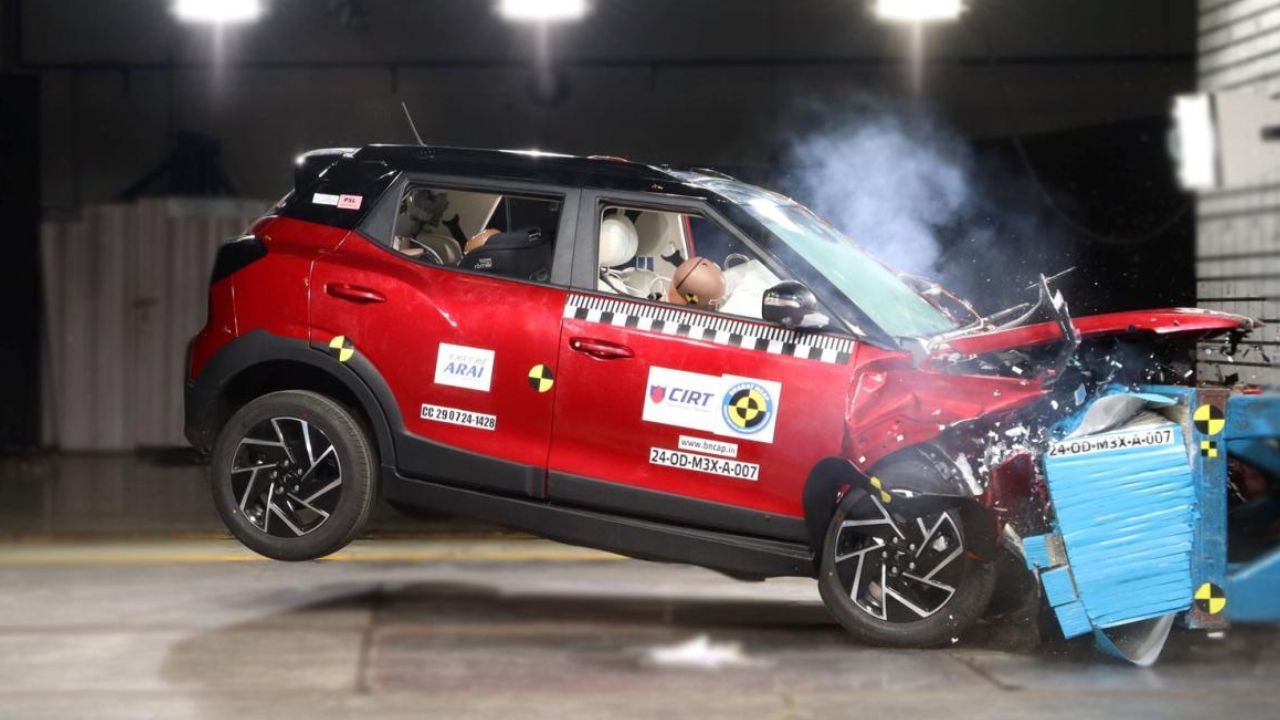

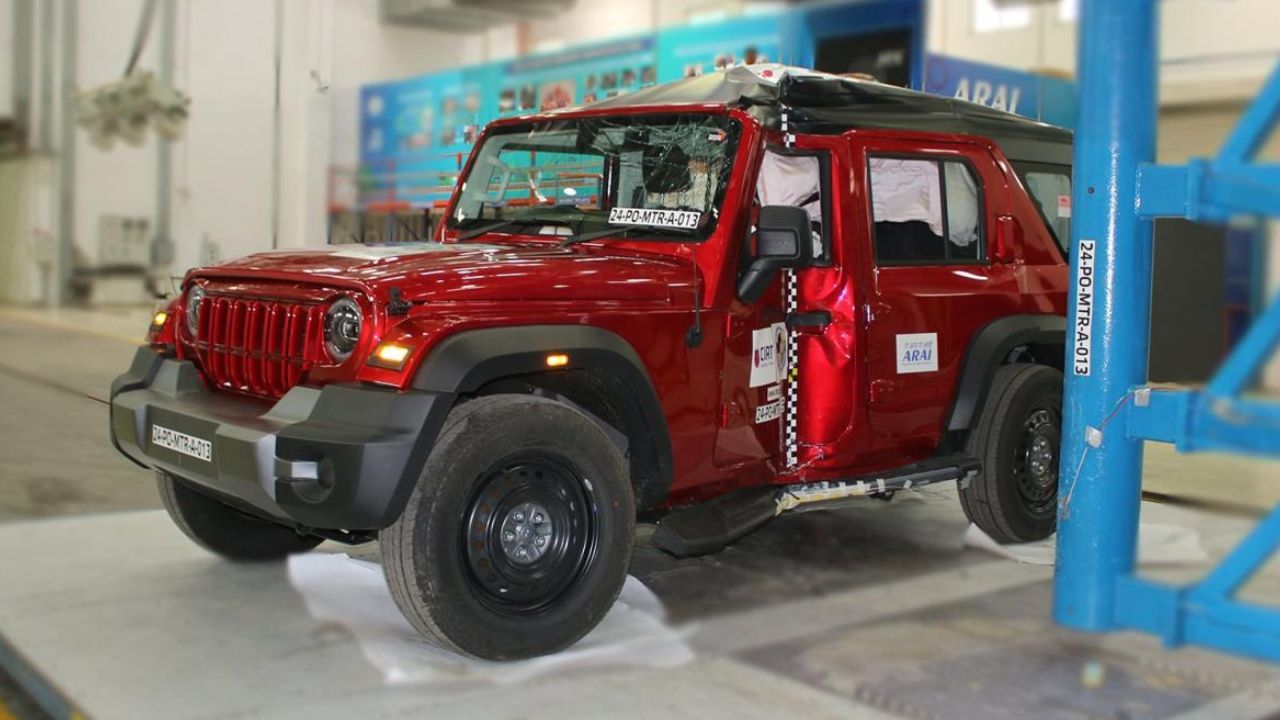
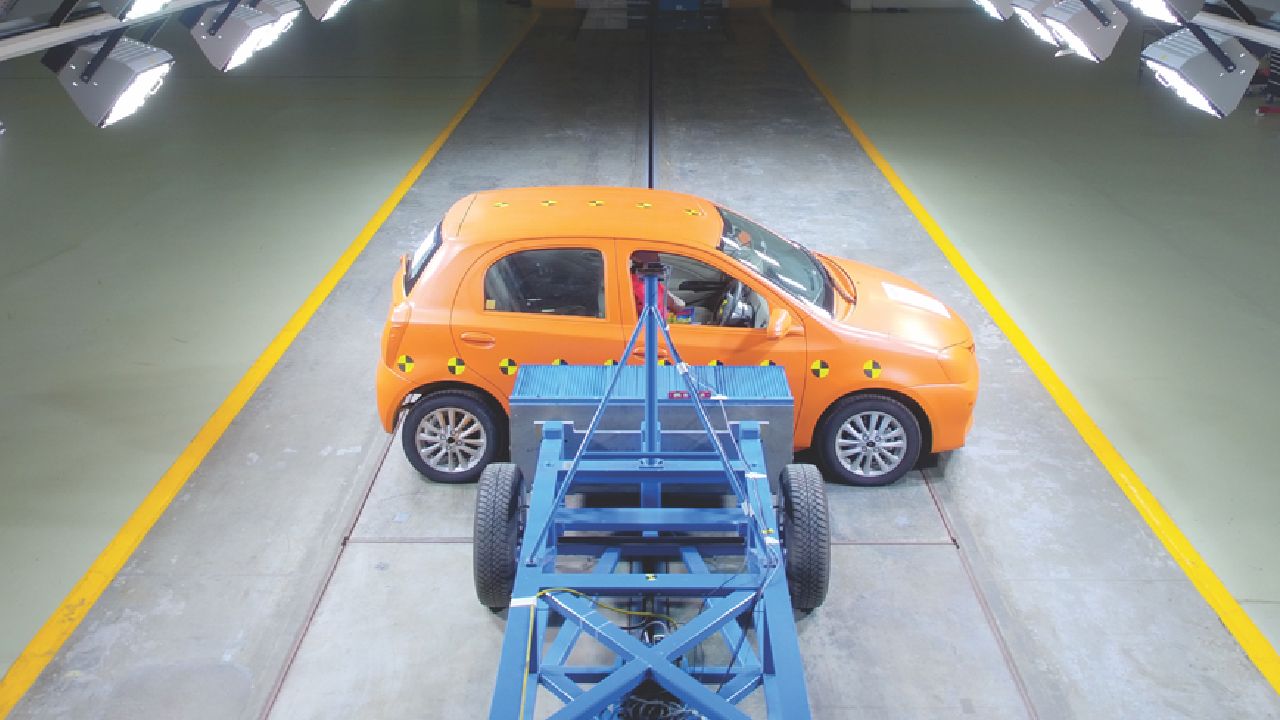

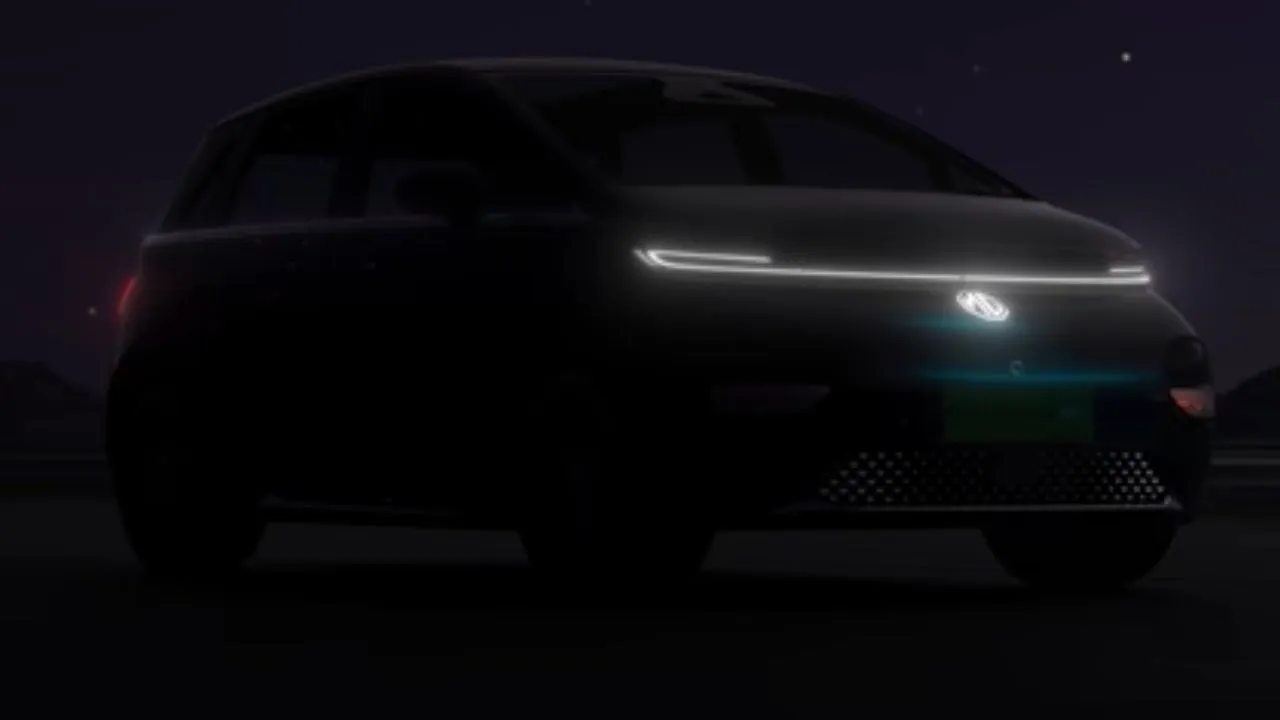


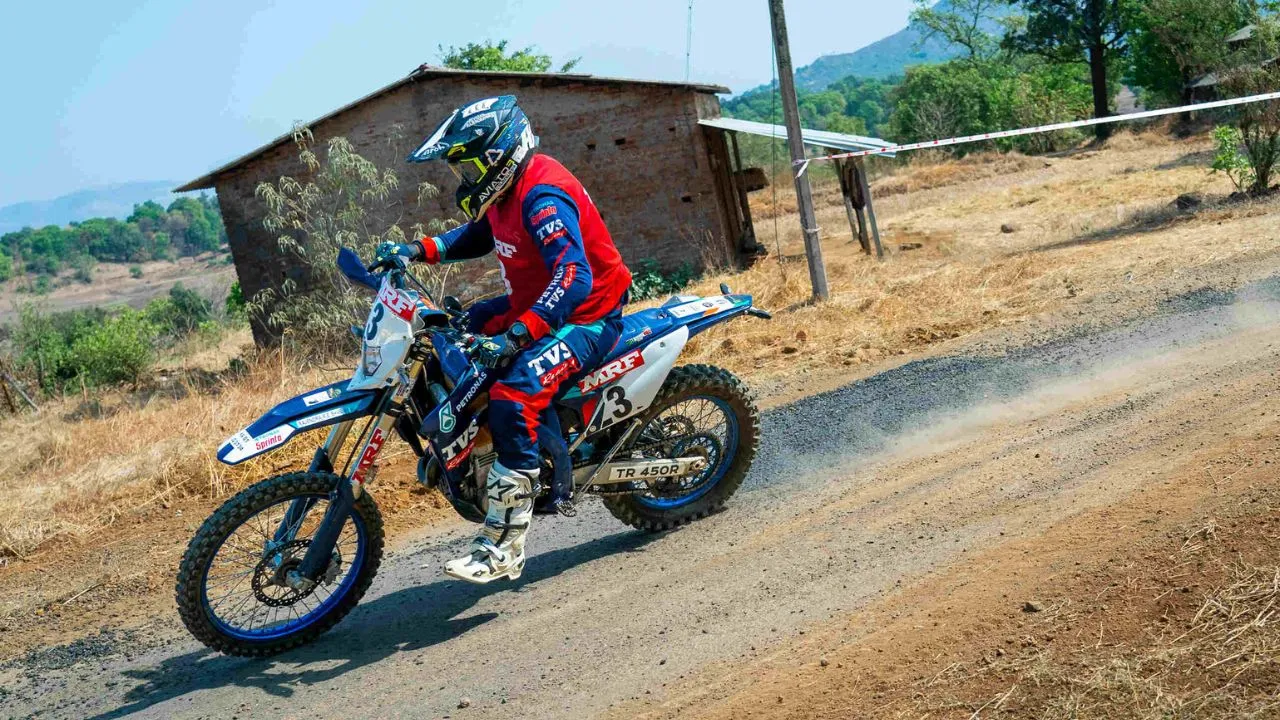
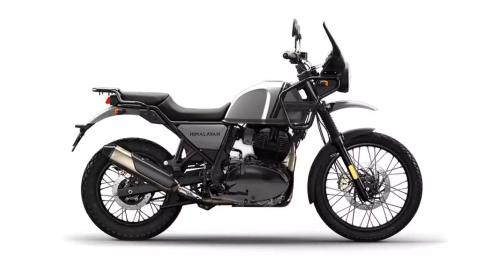
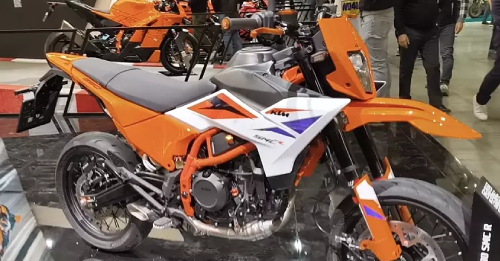
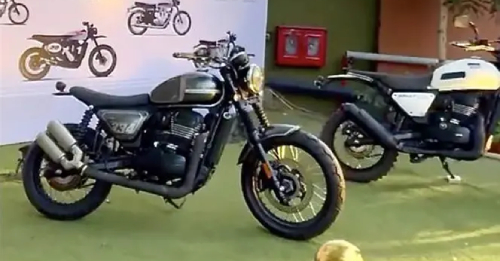
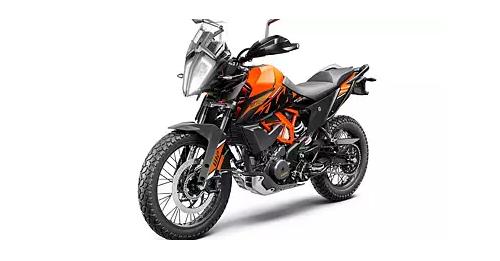
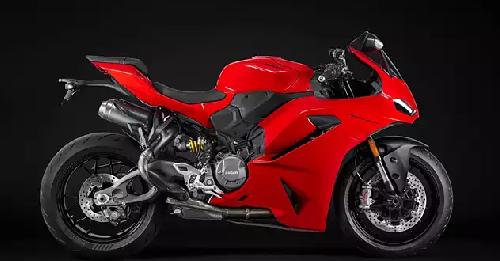














Write your Comment on